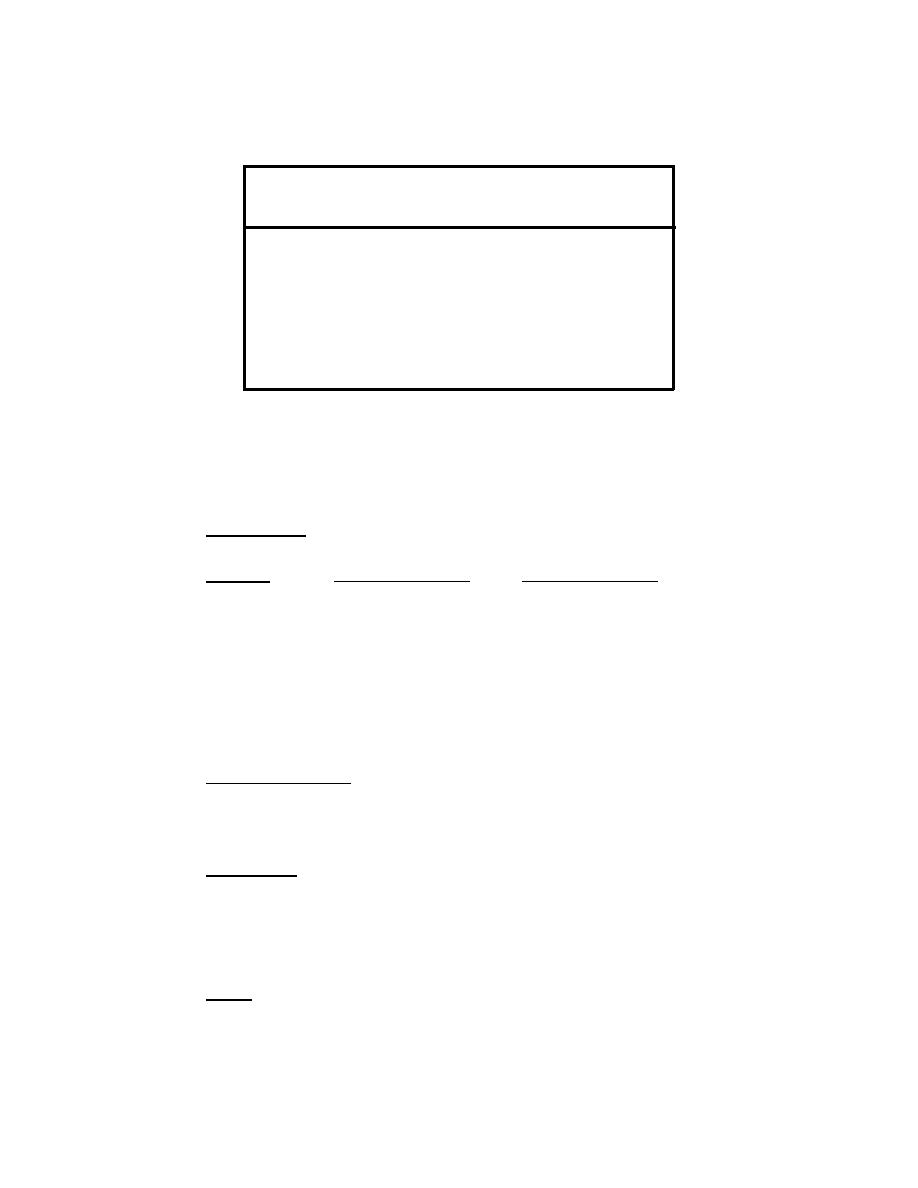
MIL-HDBK-1004/10
Table 21
Zinc Anodes - Special Sizes for Use
in Seawater
WEIGHT
SIZE (in.)
LENGTH (in.)
(lb/in.)
0.5
1.4
x
1.4
6
to
60
1
2
x
2
6
to
60
2.3
3
x
3
6
to
60
4.2
4
x
4
6
to
60
6.5
5
x
5
6
to
48
12.8
7
x
7
6
to
36
21.0
9
x
9
9
to
24
23.4
9
x
10
9
to
24
26.0
10
x
10
9
to
24
NOTE:
A variety of cores are available with the
different sizes.
Composition. The compositions of the standard zinc alloy and the
7.8.2.1
alloy formulated for use in seawater are given below:
Standard Alloy1
Seawater Alloy2
Element
Aluminum
0.005% max
0.10 - 0.50%
Cadmium
0.003% max
0.025 - 0.15%
Iron
0.00014% max
0.005% max
Lead
0.003% max
0.006% max
Copper
-
0.005% max
Silicon
-
0.125% max
Zinc
Remainder
Remainder
1
Specification ASTM B-148, Type II
2
Specification ASTM B-148, Type I; or MIL-A-18001H
7.8.2.2
Anode Efficiency. The theoretical anode consumption for zinc is
23.5 lbs/A
yr or 372 ampere hours per pound (A hr/lb). The efficiency of zinc
is greater
than that of magnesium. The efficiency of zinc is commonly 90
percent to
95 percent regardless of current output. For design purposes, 90
percent is
used for the efficiency of zinc.
Potentials. The open circuit potential of both commonly used zinc
7.8.2.3
anode materials is -1.10 V in most soils or natural waters. The relative
potential between zinc and iron is dependent upon temperature. At
temperatures above ambient, the potential difference between the two materials
is reduced. In some fresh waters, the potential can reverse at temperatures
above 140 degrees F. Zinc should not be used to protect steel in such cases
as hot water heaters.
Sizes. Both standard alloy and seawater type zinc anodes are
7.8.2.4
available in a wide variety of sizes and shapes. Anodes used in soil usually
have a galvanized mild steel rod core. This core is attached to the anode
cable during installation of the anode. In both fresh water and seawater
applications the anode is often attached directly to the structure to be
protected by welding or bolting the steel rod, pipe, or strap core to the
125


 Previous Page
Previous Page
